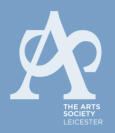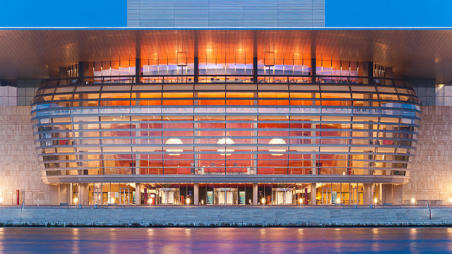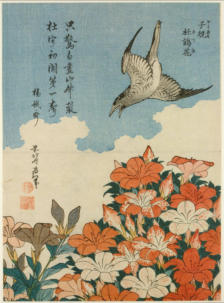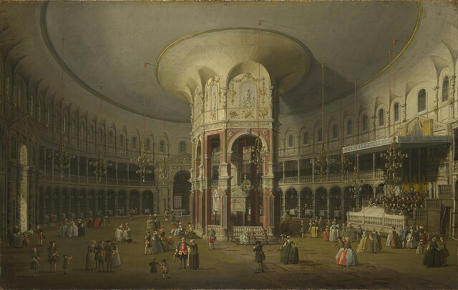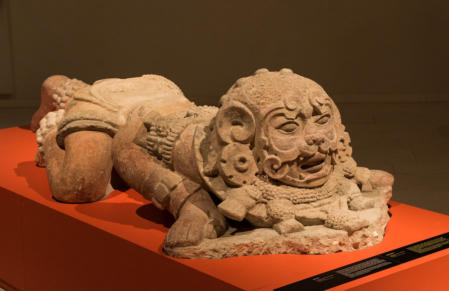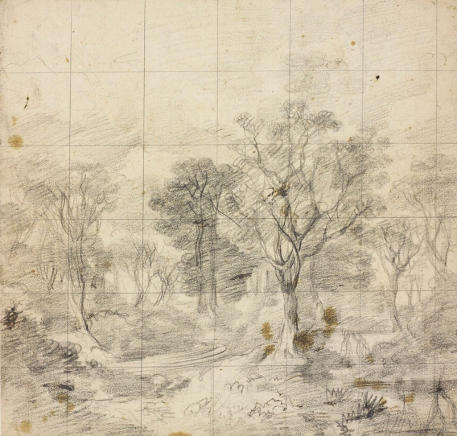Programme
Membership year 2025/26
The lecture programme is subject to change so keep checking back to the website for
the latest information about lectures. The meetings start at 7.30pm.
The new Membership Year 2025/26
26th November 25
Peter Swallow
Influence of Egyptian Architecture on Art Deco
Egypt has long had a reputation as a land of
esoteric wisdom and from the Middle Ages
onwards pilgrims and travellers sought out
sites in that country associated with the
Holy Family. During the Renaissance
scholars endeavoured to penetrate the
mysteries behind the teachings of Hermes
Trismegistus, thought to be a contemporary
of Moses, and as the Renaissance gave
way the Age of Enlightenment travellers
began to bring back more accurate
accounts and drawings of the
archaeological remains of Ancient Egypt.
Driven by the publication of these
archaeological findings designers began to incorporate Egyptian motifs and structural
forms into their work.
The influence of Ancient Egypt on British architecture and monuments in the
nineteenth and twentieth centuries will be the focus of this talk.
Temple Works, Holbeck, Leeds
Former flax mill, designed by Joseph Bonomi the Younger and built by John Marshall between
1836 -1840, based on the Temple of Horus at Edfu in Egypt. Now undergoing restoration. Photo:
Tim Green from Bradford. Creative Commons Attribution 2.0
28th January 26
Astrid Bolodis
Vija Celmins Fixes the Image in Memory
Question: What’s the connection between
a bowl of soup, a comb, the ocean, and the
night sky? Answer: Vija Celmins.
Learning her craft while Abstract
Expressionism was giving way to Pop Art,
Celmins’ oeuvre nonetheless defies
categorisation. Her work, held in all major
collections worldwide, including the Tate,
encompasses painting, drawing, printing,
and sculpture: each piece executed with
astonishing precision and attention to
detail.
Find out what lies behind her meticulous practice.
25th February 26
Raymond Holden
Gilding the Stage, a brief history of the Modern Opera House
The modern opera house is often the beating cultural heart of many cities around the
world. It is both a centre of musical excellence and a barometer for cultural change.
Throughout its long history, the opera
house has not simply been a place of
lyrical excellence, but a venue where
the great and good have come to meet
and where music lovers have come to
be uplifted, educated and enthralled.
Singers dazzled, directors outraged
and conductors often cut their musical
teeth in theatres that were as awe
inspiring as they were daunting.
The Copenhagen Opera House (Operaen) in Copenhagen Holmen, Denmark. Julian Herzog
(Website) Creative Commons Attribution 4.0
25th March 26
Carol Wilhide Justin
The Influence Japanese Wood Cuts in Western Art
When Japan's borders were opened to the West in 1868
there was a huge surge of interest in all things Japanese
in the West, particularly in Paris.
Ukiyo-e prints were collected avidly by the leading
Impressionist painters of the day who 'borrowed'
wholesale from their asymmetric compositions, flowing
lines, bright colours and subject matter. In this lecture I
explore how the Japanese aesthetic revolutionised
Western art in the late 19th century, and how a new wave
of artists today have brought a deeper understanding of
the mokuhanga technique into Contemporary Art.
Cuckoo & Azaleas 1828
Katsushika Hokusai Ukio-e Woodblock print. Public Domain
22nd April 26
Nick Salmond
18th Century England through the eyes of Canaletto
The great Venetian artist Canaletto
spent ten years living in London
producing wonderful landscapes of
the city and its surrounds. In this
lecture, we explore his time in the
capital and look at how his style
changed during his long visit. We
look at some of the work he
produced and explore how the
views he captured have changed
over the centuries.
Canaletto Ranelegh 1754 Public domain.
20th May 26 ( note date)
Chloe Sayer
The Maya Heritage: Ancient and Modern Mayan Culture
The civilisation of the ancient Maya reached its peak between AD 300-900. Across
much of present-day Mexico, Belize, Guatemala and Honduras, dozens of great cities
have been located, many still buried in remote parts of the jungle.
Maya achievements in art and architecture
were matched by a knowledge of maths,
astrology, calendrics and hieroglyphic writing.
Mural paintings, ceramic figurines and
intricately carved stone panels provide an
insight into the religious rituals, music, warfare,
textiles and courtly life of the Maya.
Today some six million Maya carry on many of
the traditions of their ancestors.
Sculpture of a Maya Warrior crawling. The Original reddish colours are still visible. The statue is
from San Migueal La Palotada, Guatemala made somewhere between 250-600 AD. GorissM -
https://www.flickr.com/photos/71963413@N06/25067577544/. CC BY-SA 2.0
24th June 26
Justine Hopkins
Cornard Wood to Fangorn Forest, British Trees in Art and Literature
If you go down in the woods today you’re
sure of a big surprise [Jimmy Kennedy,
Teddy Bears’ Picnic]
Trees have always caught the human
imagination and nowhere more strongly
than in England. In forests reality and
dream meet and mingle in strange and
unexpected ways: with no horizon or
distance vision everything has to be taken
on trust and shadows play tricks.
Poets have always known this, so have
artists, and trees form one of the most
diverse and constantly recurring themes of
both art and literature.
Study for ‘Cornard Wood’ Thomas Gainsborough circa 1748.
Original in the Royal Collection at Windsor Castle.
Public Domain
September Date TBC
Brian Stater
When Britain Clicked: Photography of the Swinging Sixties.
British photography enjoyed a golden age in the 1960s. Young, talented newcomers
broke out of the conventional studio to revolutionise perceptions of fashion, portraiture
and popular culture.
This lecture looks at a range of superb images from photographers such as David
Bailey, Terence Donovan, Lewis Morley, Tony RayJones and Jane Bown.
Brian Slater
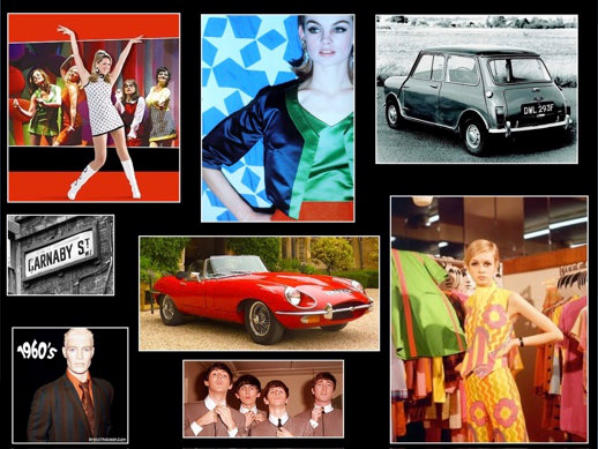

Web site and mobile phone pages designed, created and maintained by Janet Groome, Handshake Computer Training

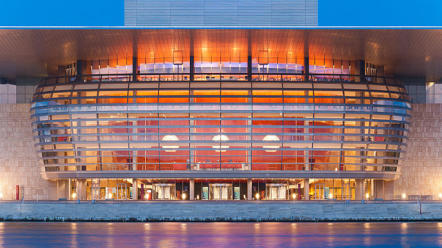

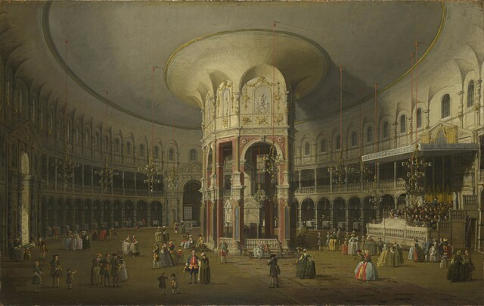
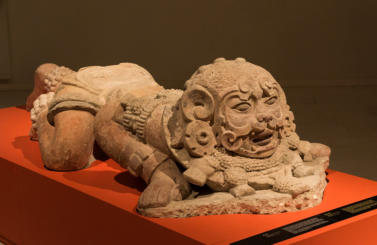
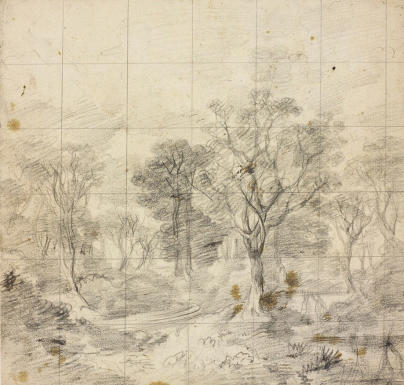
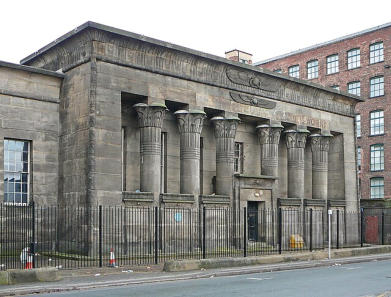
![Programme Membership year 2025/26 The new Membership Year 2025/26 26th November 25 Peter Swallow Influence of Egyptian Architecture on Art Deco Egypt has long had a reputation as a land of esoteric wisdom and from the Middle Ages onwards pilgrims and travellers sought out sites in that country associated with the Holy Family. During the Renaissance scholars endeavoured to penetrate the mysteries behind the teachings of Hermes Trismegistus, thought to be a contemporary of Moses, and as the Renaissance gave way the Age of Enlightenment travellers began to bring back more accurate accounts and drawings of the archaeological remains of Ancient Egypt. Driven by the publication of these archaeological findings designers began to incorporate Egyptian motifs and structural forms into their work. The influence of Ancient Egypt on British architecture and monuments in the nineteenth and twentieth centuries will be the focus of this talk. Temple Works, Holbeck, Leeds Former flax mill, designed by Joseph Bonomi the Younger and built by John Marshall between 1836 -1840, based on the Temple of Horus at Edfu in Egypt. Now undergoing restoration. Photo: Tim Green from Bradford. Creative Commons Attribution 2.0 28th January 26 Astrid Bolodis Vija Celmins Fixes the Image in Memory Question: What’s the connection between a bowl of soup, a comb, the ocean, and the night sky? Answer: Vija Celmins. Learning her craft while Abstract Expressionism was giving way to Pop Art, Celmins’ oeuvre nonetheless defies categorisation. Her work, held in all major collections worldwide, including the Tate, encompasses painting, drawing, printing, and sculpture: each piece executed with astonishing precision and attention to detail. Find out what lies behind her meticulous practice. 25th February 26 Raymond Holden Gilding the Stage, a brief history of the Modern Opera House The modern opera house is often the beating cultural heart of many cities around the world. It is both a centre of musical excellence and a barometer for cultural change. Throughout its long history, the opera house has not simply been a place of lyrical excellence, but a venue where the great and good have come to meet and where music lovers have come to be uplifted, educated and enthralled. Singers dazzled, directors outraged and conductors often cut their musical teeth in theatres that were as awe inspiring as they were daunting. The Copenhagen Opera House (Operaen) in Copenhagen Holmen, Denmark. Julian Herzog (Website) Creative Commons Attribution 4.0 25th March 26 Carol Wilhide Justin The Influence Japanese Wood Cuts in Western Art When Japan's borders were opened to the West in 1868 there was a huge surge of interest in all things Japanese in the West, particularly in Paris. Ukiyo-e prints were collected avidly by the leading Impressionist painters of the day who 'borrowed' wholesale from their asymmetric compositions, flowing lines, bright colours and subject matter. In this lecture I explore how the Japanese aesthetic revolutionised Western art in the late 19th century, and how a new wave of artists today have brought a deeper understanding of the mokuhanga technique into Contemporary Art. Cuckoo & Azaleas 1828 Katsushika Hokusai Ukio-e Woodblock print. Public Domain 22nd April 26 Nick Salmond 18th Century England through the eyes of Canaletto The great Venetian artist Canaletto spent ten years living in London producing wonderful landscapes of the city and its surrounds. In this lecture, we explore his time in the capital and look at how his style changed during his long visit. We look at some of the work he produced and explore how the views he captured have changed over the centuries. Canaletto Ranelegh 1754 Public domain. 20th May 26 ( note Date) Chloe Sayer The Maya Heritage: Ancient and Modern Mayan Culture The civilisation of the ancient Maya reached its peak between AD 300-900. Across much of present-day Mexico, Belize, Guatemala and Honduras, dozens of great cities have been located, many still buried in remote parts of the jungle. Maya achievements in art and architecture were matched by a knowledge of maths, astrology, calendrics and hieroglyphic writing. Mural paintings, ceramic figurines and intricately carved stone panels provide an insight into the religious rituals, music, warfare, textiles and courtly life of the Maya. Today some six million Maya carry on many of the traditions of their ancestors. Sculpture of a Maya Warrior crawling. The Original reddish colours are still visible. The statue is from San Migueal La Palotada, Guatemala made somewhere between 250-600 AD. GorissM - https://www.flickr.com/photos/71963413@N06/25067577544/. CC BY-SA 2.0 24th June 26 Justine Hopkins Cornard Wood to Fangorn Forest, British Trees in Art and Literature If you go down in the woods today you’re sure of a big surprise [Jimmy Kennedy, Teddy Bears’ Picnic] Trees have always caught the human imagination and nowhere more strongly than in England. In forests reality and dream meet and mingle in strange and unexpected ways: with no horizon or distance vision everything has to be taken on trust and shadows play tricks. Poets have always known this, so have artists, and trees form one of the most diverse and constantly recurring themes of both art and literature. Study for ‘Cornard Wood’ Thomas Gainsborough circa 1748. Original in the Royal Collection at Windsor Castle. Public Domain September Date TBC Brian Stater When Britain Clicked: Photography of the Swinging Sixties. British photography enjoyed a golden age in the 1960s. Young, talented newcomers broke out of the conventional studio to revolutionise perceptions of fashion, portraiture and popular culture. This lecture looks at a range of superb images from photographers such as David Bailey, Terence Donovan, Lewis Morley, Tony RayJones and Jane Bown. Stater](index_htm_files/15864.png)
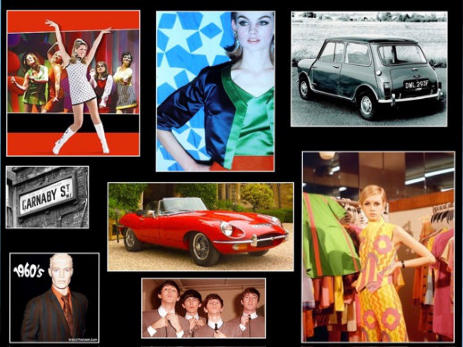
Web site and mobile phone pages designed, created and
maintained by Janet Groome, Handshake Computer Training
